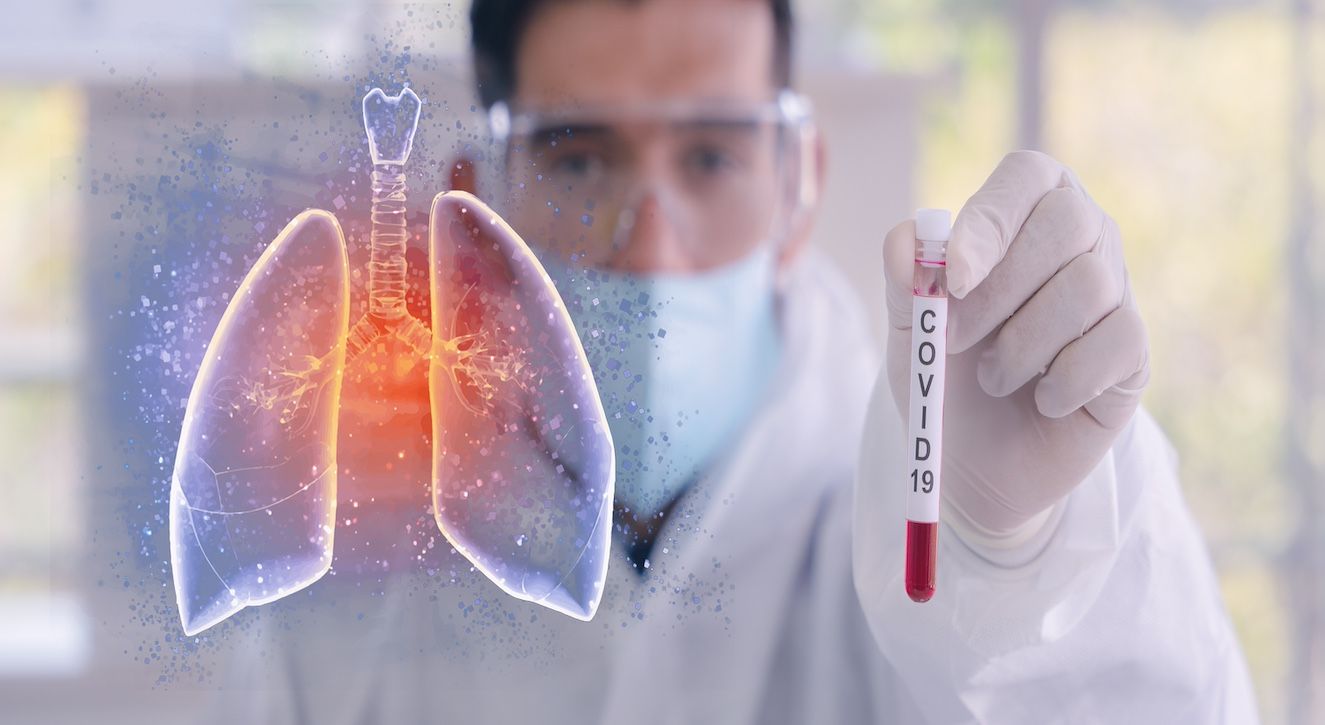- Center on Health Equity & Access
- Clinical
- Health Care Cost
- Health Care Delivery
- Insurance
- Policy
- Technology
- Value-Based Care
Case Report Warns of Pneumothorax Risk in Duchenne Muscular Dystrophy
The authors of this report stress the importance of awareness of COVID-19–related complications in young patients who have Duchenne muscular dystrophy, paying particular attention to a potential higher risk of respiratory infections in these patients.
Spontaneous pneumothorax, or collapsed lung absent a trauma-related cause, necessitated the placement of chest tubes in a 25-year-old male patient who had Duchenne muscular dystrophy (DMD), with the authors of a new case report emphasizing treatment teams should be away of the signs of respiratory compromise in patients who have the inherited neuromuscular disorder. This is especially important in the context of recovery from COVID-19 in these patients, as their weakened respiratory muscles place them at a potentially higher risk of respiratory infection.
Publishing their report in Cureus, the authors wrote, “The annual incidence of spontaneous secondary pneumothorax is approximately 6.3 per 100,000 men and 2 per 100,000 women. On the contrary, the ratio is elevated up to 18% among DMD patients. Recognizing symptoms such as dyspnea, chest pain, and hypoxia is crucial for timely intervention.”1
The patient in this report presented to the hospital with an already complex medical history: mild restrictive lung disease, scoliosis with spinal fusion at multiple levels, hypothyroidism, COVID-19 infection 7 months prior, and pleurodesis 2 weeks prior. At presentation, he had right-sided chest pain and dyspnea, but stable vital signs. His chest x-ray revealed a pneumothorax that involved several sections of his right lung, and his chest CT, that this was large in scope.
An image of lungs affected by COVID-19
Image credit: Mongkolchon-stock.adobe.com

A chest tube was placed and several additional procedures performed to aid in resolving the pneumothorax: a thoracoscopy, which looks at the chest area outside the lungs; a right-lobe wedge resection, in which small part of the damaged lung is removed; an apical blebectomy, in which damaged air sacs are removed; and mechanical pleurodesis, which is when pleural spaces are eliminated to prevent fluid buildup.
The chest tubes were left in for 6 days, and on day 9 following surgery, the patient was discharged.
When discussing this case, the report authors highlighted how the weakened respiratory muscles of patients who have DMD predispose this patient population to a host of complications that include chronic respiratory failure, ineffective cough, and nocturnal hypoventilation. However, the causes of spontaneous pneumothorax remain in question. What is known is that among patients who have comorbid COVID-19, 1 in 99 patients experiences a spontaneous pneumothorax, and that the mortality rate considering the presence of both conditions is higher compared with patients who have DMD but not COVID-19.2
Managing these patients can be challenging, they added, due to the lack of guidance and an array of treatments with such dependable variables as pneumothorax size, symptoms, and etiology. Further, treatment strategies need to minimize potential for additional deterioration and worsening of pneumothorax from use of noninvasive ventilation. They stress the significance of respiratory function monitoring in ambulatory and nonambulatory patients.
“These patients face an increased risk of mortality, emphasizing the need for careful evaluation and cautious measures, including the identification of pleural blebs or bullae and careful noninvasive positive pressure ventilation use,” they concluded. “Further research and investigation are necessary to enhance our understanding and refine treatment strategies for managing pneumothorax in this specific patient population.”
References
- Bhattarai P, Karki M. Recurrent spontaneous pneumothorax in a young male with Duchenne muscular dystrophy following COVID-19 infection. Cureus. 2024;16(1):e52408. doi:10.7759/cureus.52408
- Ata F, Yousaf Z, Farsakoury R, et al. Spontaneous tension pneumothorax as a complication of Coronavirus disease 2019: case report and literature review. Clin Case Rep. 2022;10(5):e05852. doi:10.1002/ccr3.5852
